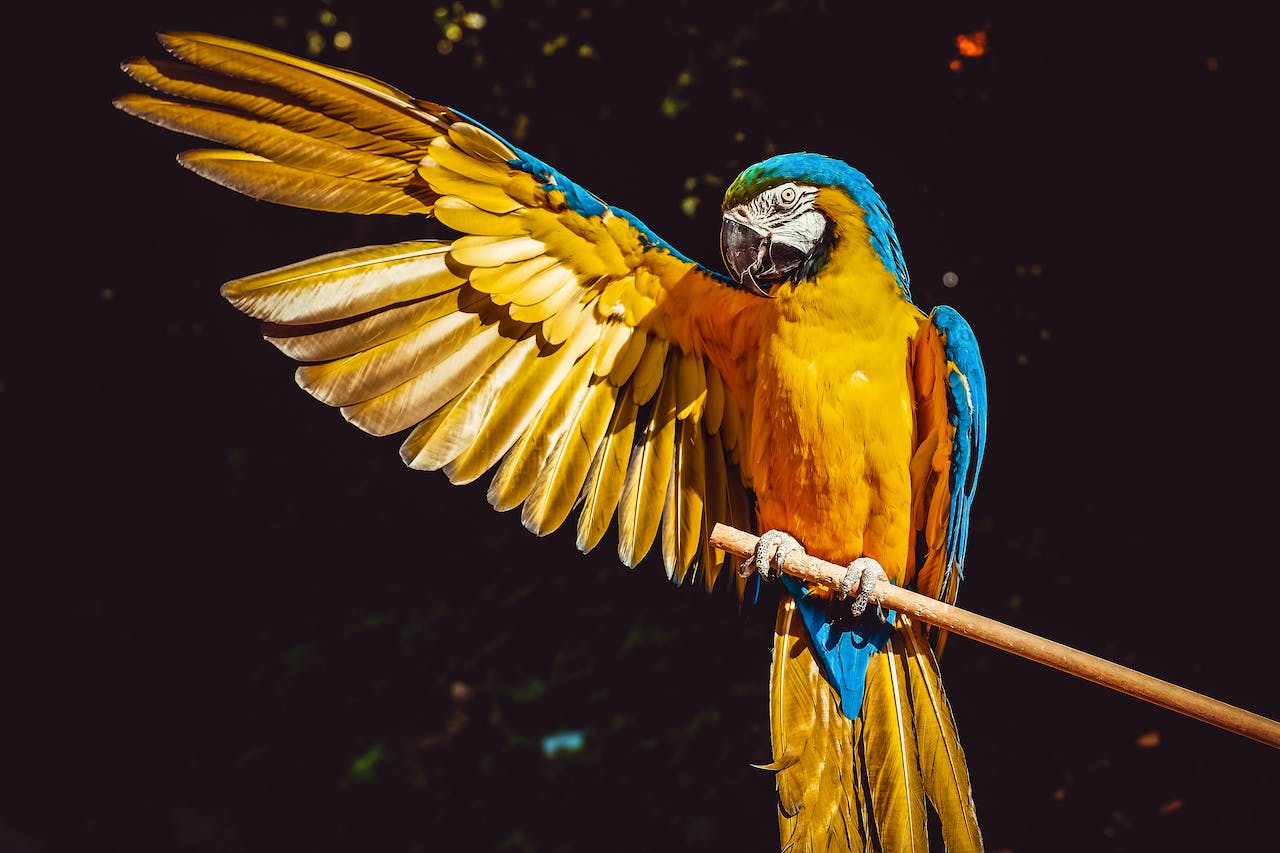Comments
- No comments found

Parrots have long been recognized for their fascinating abilities, from mimicking human speech to solving intricate puzzles.
Bruce the kea is a parrot with a peculiar trait that has intrigued scientists and zookeepers alike. Unlike his counterparts, Bruce is missing his upper beak, a crucial tool for foraging in the alpine forests of New Zealand. Despite this handicap, Bruce has not only survived but also demonstrated a remarkable ability to adapt and innovate, leaving researchers astonished.
Rescued as a fledgling in 2012 and now residing at the Willowbank Wildlife Reserve in Christchurch, Bruce's missing upper beak prevents him from foraging independently. Additionally, the absence of this essential tool presents challenges in maintaining his feathers. However, Bruce's ingenuity shines through a unique behavior observed by comparative psychologist Amalia Bastos and her colleagues from Johns Hopkins University.
During a study on keas at the reserve in 2021, researchers were astounded to witness Bruce's use of small stones to preen, a behavior previously unseen in wild or captive keas. Bruce's method of preening involves selecting the appropriate tool, typically a pointy pebble, and maneuvering it with his tongue and lower beak to groom his feathers effectively.
This innovative behavior is not merely a learned response but appears to be a spontaneous adaptation by Bruce to overcome his physical limitations. His ability to select suitable stones and utilize them for preening highlights the cognitive flexibility and problem-solving skills exhibited by parrots, particularly in challenging circumstances.
Bruce's story is emblematic of the intelligence and adaptability observed across various parrot species. Parrots, often dubbed as the "feathered apes," possess a myriad of cognitive abilities comparable to some primates. From mimicking human speech to solving complex puzzles, parrots demonstrate a level of intelligence that challenges traditional notions of animal cognition.
Research into parrot intelligence has revealed fascinating insights into their cognitive capabilities. For instance, African gray parrots like Alex have showcased remarkable language acquisition skills, with some individuals capable of communicating with humans using extensive vocabularies. This ability to communicate and interact with humans underscores the depth of parrots' cognitive abilities.
Moreover, the tool-use behavior observed in parrots like Bruce and others, such as hyacinth macaws and Goffin’s cockatoos, suggests a sophisticated understanding of their environment and the ability to employ tools for various tasks. Parrots' adeptness at using tools not only reflects their problem-solving prowess but also hints at the evolutionary origins of such behaviors.
Recent studies have shed light on the neurological underpinnings of parrot intelligence. Comparative neurobiologists have identified structural similarities between avian and mammalian brains, indicating the presence of complex neural circuits associated with higher cognitive functions in parrots. Additionally, genetic studies have revealed unique genetic adaptations in parrots linked to brain development and cognition, further elucidating the genetic basis of their intelligence.
The evolutionary trajectory of parrot intelligence is a subject of ongoing research, with scientists exploring the environmental and social factors that may have shaped cognitive abilities in parrots. The transition from dinosaurs to modern birds following the mass extinction event has been implicated in the rapid evolution of avian intelligence, including the development of large brains relative to body size.
Understanding the cognitive abilities of parrots in their natural habitats presents challenges but also opportunities for conservation and research. Wild parrot populations, facing threats from habitat loss and the pet trade, offer valuable insights into the adaptive potential of these birds in response to changing environments.
From urban environments like Sydney, where cockatoos demonstrate remarkable problem-solving skills to cope with human-dominated landscapes, to remote forests where keas exhibit innovative foraging behaviors, parrots continue to captivate researchers and enthusiasts alike with their intelligence and adaptability.
The study of parrot intelligence offers a window into the diverse and complex cognitive abilities present in the animal kingdom. From tool use to language acquisition, parrots exemplify the remarkable capacity of non-human species to navigate and thrive in their environments through innovation and adaptation. As research in this field continues to unfold, the evolutionary origins and implications of parrot intelligence remain an intriguing area of exploration for scientists and nature enthusiasts alike.
Leave your comments
Post comment as a guest